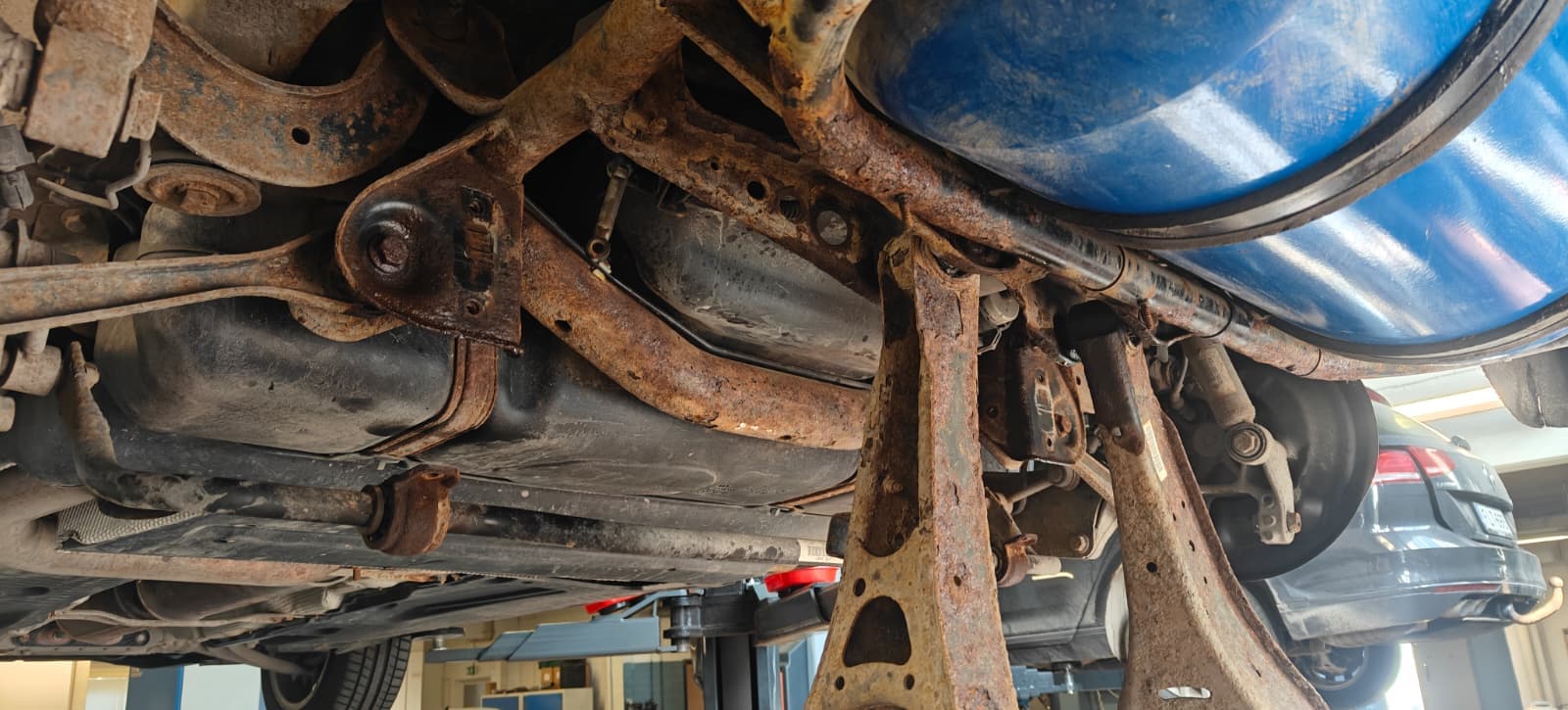
Volkswagen DSG-vaihteiston korjaus Espoossa
Volkkarihuolto tarjoaa nopeaa ja laadukasta DSG-vaihteiston korjausta Volkswagen-autoille Espoossa. Meillä on laaja kokemus DSG-vaihteistojen korjauksesta ja käytämme vain alkuperäisiä varaosia.
DSG-kytkimen vaihto
Kytkin voi kestää luonnollisen fysikaalisen kulumisen vuoksi. Tätä prosessia voidaan hidastaa vain ajoneuvon oikealla käytöllä. Tietenkin kytkin voidaan helposti "tappaa" aggressiivisella ajolla. Kytkinmoduulin vaihdon pääsymptomit ovat:
- Vaihteiden vaihdon jäykkyys ja liukuminen
- Kiihtyvyyden menetys
- Öljyn jälkiä vaihteiston kotelossa
Märkäkytkimen tapauksessa on usein järkevämpää puhua korjauksesta, koska useimmiten vaihdetaan vain kitkapaketteja, ei koko kokonaisuutta. On usein järkevää vaihtaa kaksoismassavauhti samaan aikaan kytkimen kanssa, koska näiden osien käyttöikä on suunnilleen sama.
DSG-mekatroniikan korjaus
Mekatroniikan (ohjausyksikön) vikaantuminen johtuu yleensä muiden vaihteiston elementtien vioista tai epäsäännöllisestä/laaduttomasta huollosta. Esimerkiksi likainen öljy voi tukahduttaa solenoidit, ja jumittunut vaihteenvalitsin voi aiheuttaa hydrauliikan räjähdyksen jne.
- Selkeät nykäykset vaihteiden vaihdon yhteydessä
- Auto nykii liikkeelle lähdön ja kiihtyvyyden yhteydessä
- Vaihteisto siirtyy hätätilaan ja mittariston palveluavain syttyy
- Vaihteisto ei enää vaihda vaihteita jne.
On myös huomioitava, että joskus voi olla järkevämpää korvata mekatroniikka vastaavalla osalla toisesta autosta kuin korjata se. Tässä tapauksessa tarvitaan pakollinen ohjelmointi kyseiselle autolle.
Mikä on DSG?
DSG, joka on lyhenne englanninkielisestä termistä Direct Shift Gearbox tai saksankielisestä termistä Direkt Schalt Getriebe, on kaksoiskytkinvaihteisto. Pohjimmiltaan DSG-vaihteiston suunnittelussa insinöörit onnistuivat yhdistämään kaksi mekaanista vaihteistoa, joiden vaihteiden vaihto tapahtuu ohjausyksikön, mekatroniikan, avulla.
DSG:n eri tyypit ja mallit
Alun perin tämä vaihteisto kehitettiin Volkswagen-konsernille Borg-Warnerin insinööreiden toimesta (DSG-6 DQ250 "märällä" kytkimellä). Myöhemmin projektiin liittyi LUK-yhtiö, ja yhdessä he kehittivät ja lanseerasivat sarjatuotantoon DSG-7 DQ200-vaihteiston "kuivalla" kytkimellä.
Mitkä elementit sisältyvät DSG:n korjaukseen?
On huomioitava, että VAG:n kaksoiskytkinvaihteisto (DSG) koostuu neljästä pääkomponentista:
- Mekaaninen osa - vaihteisto. Tämä on vaihteiston pääosa, joka koostuu akselista, hammaspyöristä, laakereista, vaihteenvalitsimista jne.
- Kytkin. Tämä komponentti vastaa vääntömomentin siirrosta moottorilta vaihteistoon.
- Mekatroniikka. Nämä ovat DSG:n sähköhydrauliset "aivot". Tämä komponentti vastaanottaa tietoa eri antureilta ja ohjaa vaihteiden vaihtoa ja koko vaihteiston toimintaa.
- Kaksoismassavauhti, jonka tehtävänä on siirtää tehoa moottorilta kytkimelle.




























